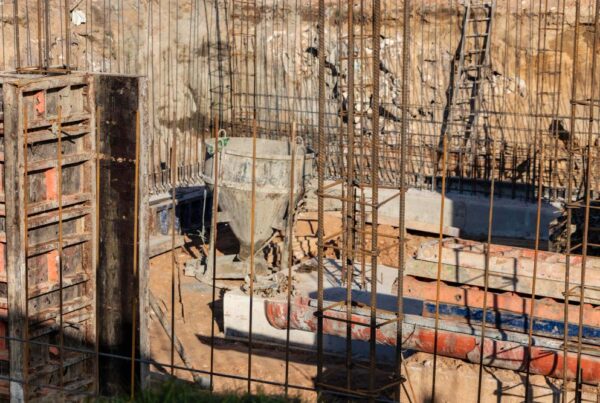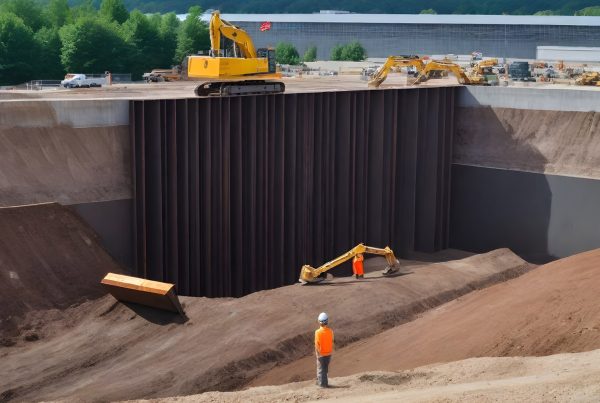Sheet piles are essential elements in various construction and engineering projects, providing effective solutions for retaining soil, preventing erosion, and supporting structures in challenging environments. This article explores the diverse range of sheet pile types, highlighting their materials, designs, and applications across different industries.
Introduction to Sheet Piles
Sheet piles are long, interlocking sections of steel, concrete, or timber driven into the ground to create retaining walls, cofferdams, or bulkheads. They offer versatility, strength, and durability, making them suitable for use in diverse soil conditions, including soft, loose, or waterlogged terrain.
Steel Sheet Piles
Steel sheet piles are the most common type, known for their strength, versatility, and ease of installation. They are available in various shapes and sizes, including U-shaped, Z-shaped, and straight profiles, each offering different strengths and driving characteristics. Steel sheet piles are suitable for both temporary and permanent applications in construction, waterfront development, and marine structures.
Concrete Sheet Piles
Concrete sheet piles provide robust solutions for permanent structures, offering high durability and resistance to corrosion and weathering. They are typically precast and come in various configurations, including straight, flat, and interlocking profiles. Concrete sheet piles are commonly used in marine applications, seawalls, and foundation construction in corrosive environments.
Vinyl Sheet Piles
Vinyl sheet piles are lightweight, corrosion-resistant, and environmentally friendly alternatives to traditional materials. They are highly durable, require minimal maintenance, and offer excellent resistance to chemicals and marine borers. Vinyl sheet piles are ideal for environmentally sensitive areas, flood protection projects, and temporary applications where rapid installation is required.
Composite Sheet Piles
Composite sheet piles combine the advantages of different materials, such as fiberglass, plastic, and steel, to provide tailored solutions for specific project requirements. They offer superior corrosion resistance, high strength-to-weight ratios, and reduced environmental impact compared to traditional materials. Composite sheet piles are suitable for marine, coastal, and waterfront applications where long-term durability and environmental performance are critical.
Conclusion
Sheet piles play a vital role in various construction, marine, and environmental projects, offering efficient solutions for retaining soil, controlling water, and supporting structures. Understanding the different types of sheet piles, their materials, and designs is essential for selecting the most suitable solution for specific project requirements. Whether it’s steel, concrete, vinyl, or composite sheet piles, each type offers unique advantages and applications, contributing to the success and sustainability of infrastructure projects worldwide.






